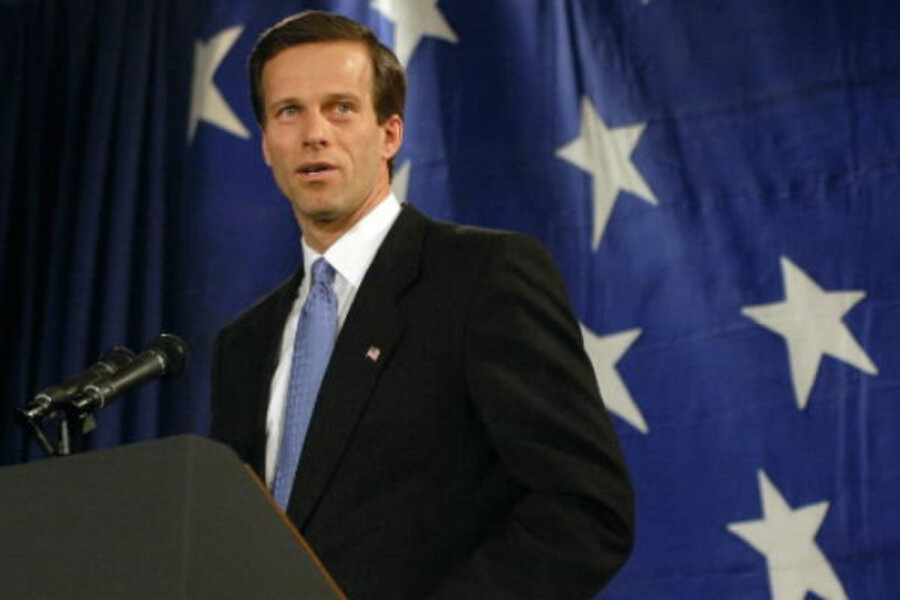One of three Upper Midwest states with high voter turnout, South Dakota’s high average – 60.17 percent – comes from a history of civic engagement and competitive politics in the state.
“South Dakota is part of the collection of Upper Midwest states where a strong sense of community, civic duty, and civility in political discussion are abundant,” Bryan Dettrey, an assistant professor at the University of South Dakota, writes in an e-mail. “These cultural factors contribute to higher levels of turnout.”
The history of civic engagement in South Dakota can be traced back to the Populist movement in the early 1900s, when farmers banded together to support progressive agrarian policies and candidates for governor and Congress. This movement planted the seeds for interest and mobilization in politics, says Eric Ostermeier, a research associate at the University of Minnesota’s Humphrey School of Public Affairs.
“Voting behavior in a culture or community is an acquired habit,” Dr. Ostermeier says. “It doesn’t begin or end with one election cycle – it is generations in the making.”
Competitive races also drum up more voter interest, Ostermeier says. He points to the 2004 US Senate race, when then Senate majority leader Tom Daschle (D) lost to the Republican candidate John Thune. Senator Thune defeated Senator Daschle by 2 percentage points, and it was the first time a sitting Senate majority leader had been defeated in 52 years, reported The New York Times.
Additional factors contribute to South Dakota’s high turnout, according to Dr. Dettrey. New voters can register up to 15 days before the election. The state uses ballot measures – such as requiring the government to balance the budget or using tax revenues to give teachers bonuses – which give voters a greater voice in government. The state has also made strides in increasing turnout among Native Americans.






